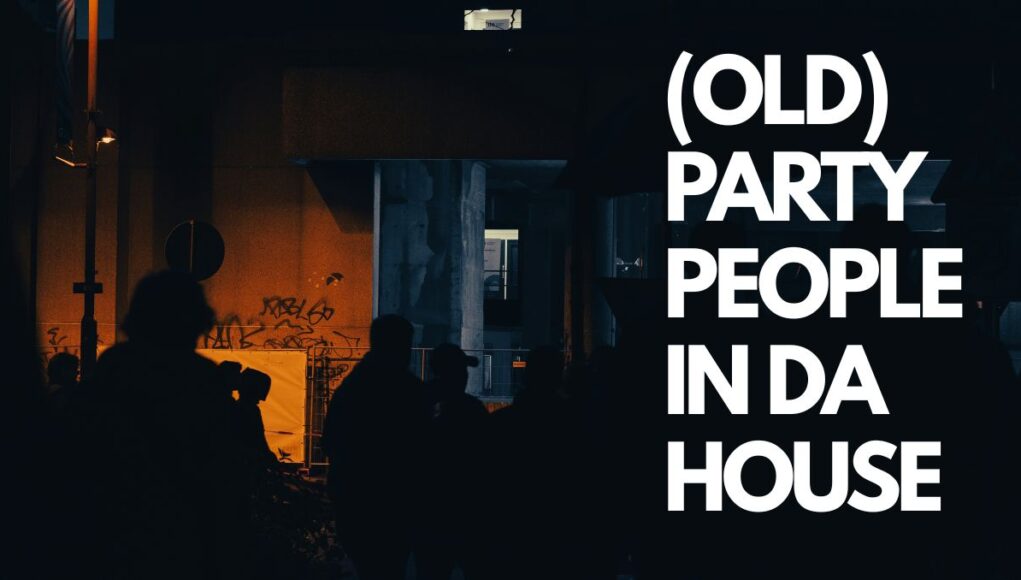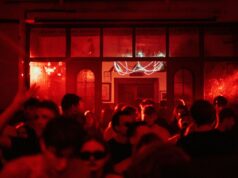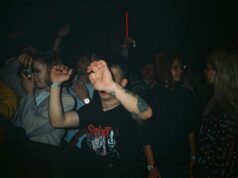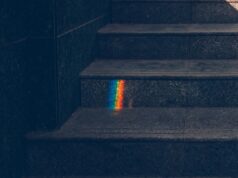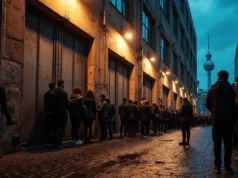I’m 53 and a DJ since forever. Back in the day, the hardest door in the night scene was at Hardwax record shop on Reichenberger Straße—you stood silent for three years before even daring to ask if UR just dropped a new release. Fun fact: my son had his first live set at 13 during Zug der Liebe 2018. Since then, he’s been spinning vinyl-only sets in clubs like Ritter Butzke and Klunkerkranich—digital DJ turned vinyl-loving warrior. But good luck getting in: he’s just 19. Many clubs stick to a 21+ rule.
Now picture it reversed: maybe I’m just too old to even ask the doorman if I can enter. Age discrimination in clubs isn’t a meme—it’s a reality. Tanith called it out in a Bonedo interview:
“Suddenly a colleague who’s been playing here is refused entry—just because the bouncer says he’s too old. Not an isolated incident.”
A GROOVE roundtable echoed it: familiar faces still get stuck outside, cracking open generational divides in nightlife.
Which is why I’m here, riffing on the irony that there are now clubs—30+ raves—where only adults can enter.
This isn’t ageism. Think of it like adults-only hotels. It’s just club culture evolving—a proper upgrade. The LGBTQ scene has always practiced separation: women-only spaces, queer-only dance floors—not exclusion, but a space to be among peers.
Watching 22-year-olds stumble in, Insta stories already rolling, I think: hell yes, we need our own safe space.
These 30+ raves are like the first-class lounge of nightlife: early entry, full vibes, ’90s and ’00s bangers, and you’re home by 11 p.m. Enough time for a wind-down and magnesium before bed. No TikTok challenges, selfie sticks, or DHL-scented sneakers. Just people who know how to dance without becoming a sports shoe commercial.
International examples back this up:
- Bed By 10 (Canada, Australia, USA, UK, New Zealand): parties that start early (6 or 7 p.m.), and wrap by 10 p.m. — for people who still want to dance but need to function the next morning.
- 30+ Club Nights in Dublin and Belfast run 5–9 p.m.—sometimes dubbed “day raves.”
- In New York, formats like Matinée Social Club officially run 5–10 p.m.
- Berlin has similar Day-Rave vibes (Staub at About Blank, Sisyphos open-airs), but none explicitly for 30+.
Ironically, this whole setup filters by birth year—but why not? Scenes have always filtered—now it’s by life experience, by the right to party in peace.
Maybe this is the truest form of club culture we’ve seen in ages. No bullshit, no FOMO, no startup-style, gentrified mashups. And forget the nostalgic mantra „everything was better back then“—yes, nights were longer, queues were longer, and you could’ve easily gone to Binz and back during those five hours in Panorama Bar.
30+ nights are Berlin without the constant “Young, Wild & Free” commercial. The bouncer isn’t judging your ‘coolness,’ he’s asking if you’ve eaten. Nobody mid-20 is grilling you about the lineup.
And yeah, Berlin is a 24/7 city—sure, you can always party. But do you have to? After three decades of dancing through this city, you realize: not every afterhour is a gift—sometimes it’s just a reminder that, after a certain point, your body quits being your friend.
Clubs, take note: if you kick out the older dance beasts, you’re shrinking your bar profits. Cash still comes at the bar, not the cloakroom. The 22-year-olds burn two mates and maybe a water—track the Ü30 crowd: they stack gin-tonics, order wine, and don’t flinch at a €12 cocktail.
Age-based door policy? Not just blunt—it’s economically dumb.


